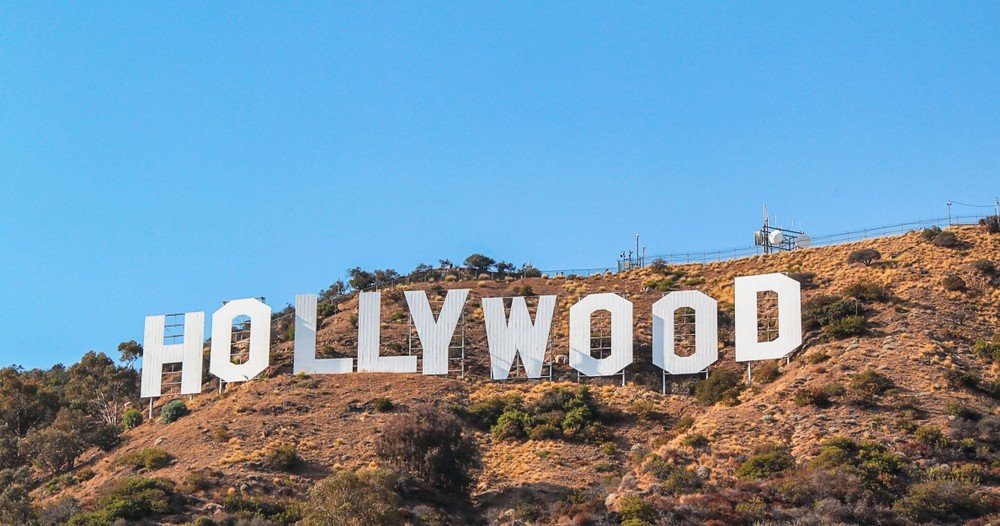
Key Takeaways:
– Recent complaints about the darkness of streamed films have sparked debate.
– Filmmakers cite lack of control over compression specs for varied movie appearance on different platforms.
– Some viewers are having trouble interpreting dark movies on their devices.
– The quality of movie exhibition varies, making some films appear darker than intended.
– Industry trend seems to be leaning towards highly specialized, dark aesthetics that may be too subtle for common viewing setups.
Film enthusiasts have raised concerns about the “dark” look of some films when streamed, an issue which has ignited an intriguing discourse about modern cinematic aesthetics and streaming quality. A prime example of such a film is the Neon-produced horror movie, ‘Immaculate'.
Viewers of Immaculate have aired their displeasure about the seemingly poor lighting of the movie during streaming. Screenshots shared reveal scenes that appear too dark, creating an amateurish look. But according to the film's director, Michael Mohan, the unflattering look was definitely not the desired result.
Uncontrollable Compression Specs
In response to criticism, Mohan sympathetically tweeted: “This was absolutely not done intentionally. We have no control over the compression specs of each platform. It's a real problem that truly bums me out.” He noted that among all the platforms, iTunes delivered the closest rendition to their intended brightness.
Horror film director William Brent Bell relayed a similar issue during the release of ‘Orphan First Kill'. This shared experience underscores a persisting issue with inconsistent video compression specifications across different streaming platforms.
Darkening Trend in Hollywood
More broadly, however, there is a growing trend in Hollywood towards darker aesthetics that may be contributing to this issue. The industry seemingly favors specialized, darker visuals that may only look good in a state-of-the-art Dolby Theater or on a perfectly calibrated 4K TV.
Significant evidence of this is seen in Matt Reeves' ‘The Batman', which was shot very dark. Distributors had to lighten virtually every still from the movie, as they appeared unintelligible. While the visuals were stunning in IMAX, viewers in conventional cinema halls might not have enjoyed the same experience.
Exhibition Standards and Screen Calibration
One reason for these discrepancies could be the glaring difference in exhibition standards between the era of film projection and current digital projection. Older films seemed to follow a consistent standard that catered to a wider array of viewing setups. These standards appear to be shifting as digital cinema progresses, leading to some visuals getting lost in translation on less sophisticated screens.
For home viewing, proper screen calibration can mitigate the issue, though it can involve a fair amount of tinkering for viewers. This also suggests that viewer's TV and streaming setup may struggle to handle the intricate nuances of very dark films.
The recurrent instances of viewers having trouble making out scenes from films and series such as ‘House of the Dragon' and ‘Severance' indicate an industry-wide problem. It poses the question: Are our movies getting too dark for us to enjoy on our devices?
As movie aesthetics evolve, so should our viewing technology. But until we find a synchronization between the two, viewers may have to carry on adjusting settings and squinting at screens.